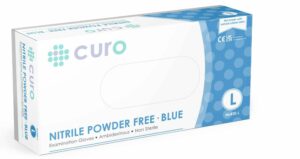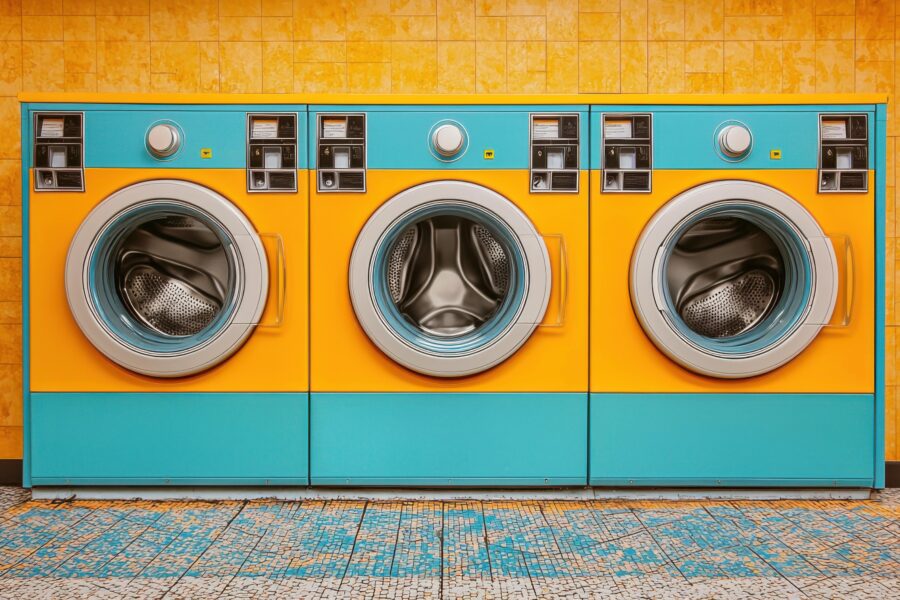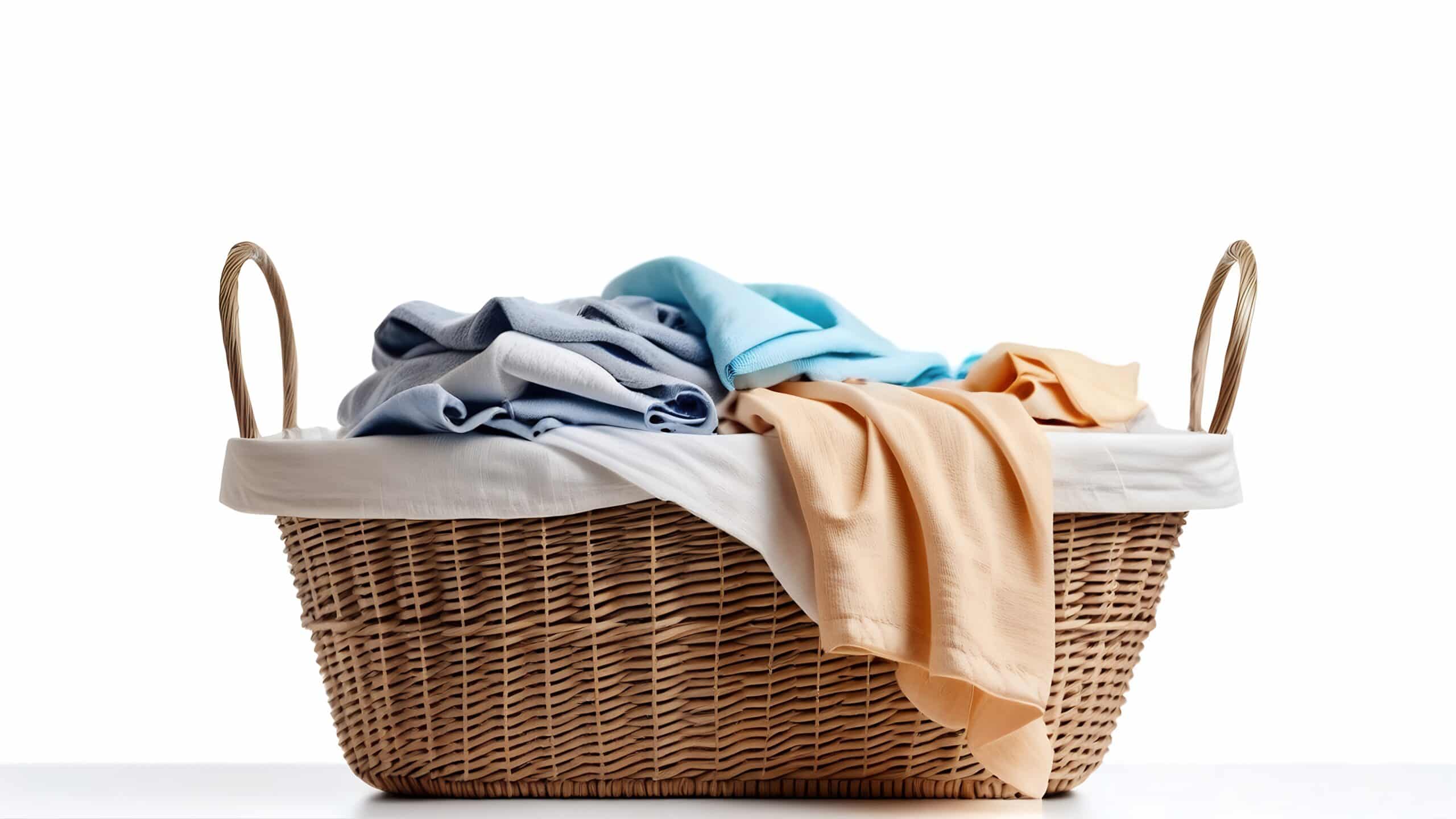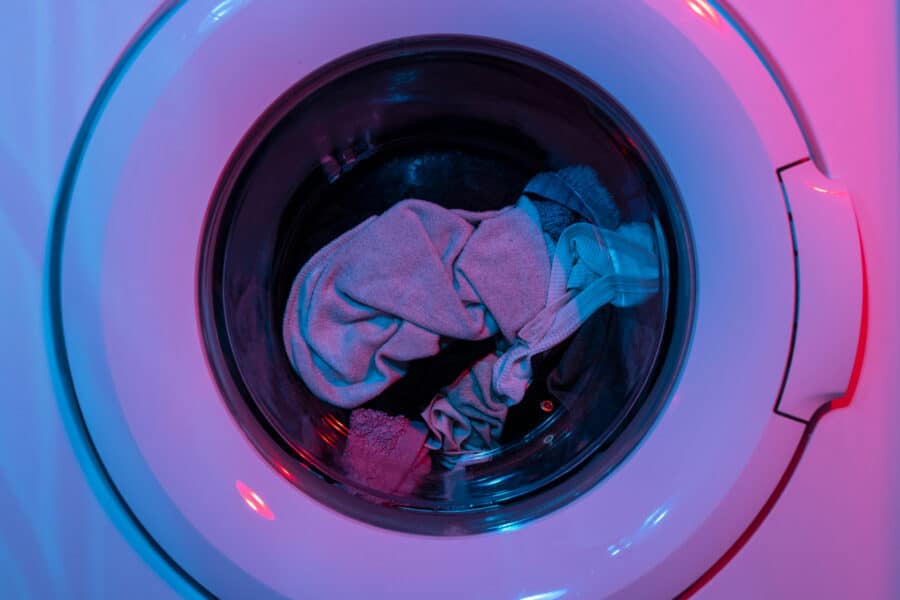Laundry is more than just a cleaning task in care homes — it’s a frontline defence against infection. Without the right controls in place, laundry rooms can become hotspots for cross-contamination, putting both residents and staff at risk.
In this article, we’ll cover the key steps care homes can take to reduce that risk and ensure their laundry processes support infection prevention and compliance.
Why Laundry Cross-Contamination Matters
In a care environment, soiled linens often contain pathogens like MRSA, norovirus, or C. difficile. If laundry isn’t handled correctly, these organisms can spread via:
-
Contaminated surfaces or equipment
-
Improper handling of clean/dirty items
-
Poor PPE use or hand hygiene
-
Airborne particles from uncovered laundry
Cross-contamination not only increases infection risks but may also lead to CQC non-compliance during inspections.
How to Prevent Cross-Contamination in Care Home Laundry
1. Separate Dirty and Clean Zones
Designate clear zones within the laundry room:
-
Dirty area: For receiving and handling soiled laundry
-
Clean area: For storing and sorting freshly laundered items
Ideally, these should be physically separated or at least have directional flow to avoid overlap. Never process clean and dirty laundry at the same time.
2. Use Colour-Coded Laundry Bags
Use water-soluble red bags for infected items, white or blue bags for general soiling, and store clean laundry in separate containers.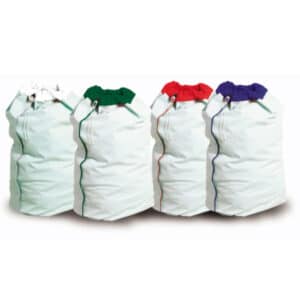
Colour coding helps staff follow infection control protocols without second-guessing. It also simplifies training.
3. Clean Machines and Surfaces Regularly
Limescale, detergent residue, and biofilm can build up in machines. Clean:
-
Inside of washers and dryers weekly
-
Handles, doors, and sorting surfaces daily
-
Floors and high-contact points as part of your routine cleaning schedule
Products like Eclipse Scale Breaker+ can help remove limescale while disinfecting and deodorising.
4. Don’t Overload or Underload Machines
Overloaded washers may not allow proper agitation or rinsing. Underloaded cycles waste energy and may not reach proper thermal disinfection temperatures.
Always follow machine load guidelines to ensure effective cleaning.
5. Follow Thermal or Chemical Disinfection Standards
Comply with HTM 01-04 or similar care guidance:
-
Thermal disinfection: 71°C for 3 minutes, or 65°C for 10 minutes
-
Chemical disinfection: If lower temps are used, ensure detergents are certified to meet hygiene standards (e.g. EN 1276 or EN 1650)
Using an auto-dosing system can help maintain correct chemical levels consistently.
6. Wear PPE and Follow Hand Hygiene
Laundry staff should wear gloves and aprons when handling soiled items — and remove them before touching clean areas. Handwashing is essential between each task.
Train staff to treat laundry as potentially infectious at all times, especially in outbreak situations.
7. Train and Supervise Staff
Cross-contamination often happens due to inconsistent habits. Regular refresher training helps reinforce:
-
Correct use of PPE
-
Separation of clean and dirty processes
-
Reporting of spills or machine faults
Use visual posters in laundry areas and include laundry hygiene in induction programmes.
Checklist: Essentials for Preventing Cross-Contamination Care Home Laundry
-
✅ Clear separation between clean and dirty areas
-
✅ Colour-coded laundry bags and bins
-
✅ Proper PPE and hand hygiene
-
✅ Thermal or chemical disinfection
-
✅ Auto-dosing for correct detergent use
-
✅ Regular machine and surface cleaning
-
✅ Staff training and supervision
Support for Safer Laundry Operations
At Able, we help care homes stay compliant with effective laundry solutions — from infection-control detergents to dosing systems and cleaning products.
Need help reviewing your current laundry setup? Book a no-obligation consultation below.
FAQs: Preventing Cross-Contamination in Care Home Laundry
2. How can care homes stop the spread of infection through laundry?
Care homes can prevent cross-contamination by separating clean and dirty areas, using colour-coded bags, disinfecting machines regularly, and ensuring staff follow strict PPE and hand hygiene procedures.
3. What are the best laundry disinfection methods for care homes?
Laundry should be thermally disinfected at 71°C for 3 minutes (or 65°C for 10 minutes), or treated with certified chemical detergents that meet EN 1276 or EN 1650 standards for hygiene compliance.
4. Why should care homes use colour-coded laundry bags?
Colour-coded laundry bags help staff quickly identify infected or general soiling, reducing errors and improving infection control. Red water-soluble bags are ideal for infected linen, while white or blue bags suit regular loads.
5. How often should care home laundry machines be cleaned?
Washing machines and dryers should be cleaned weekly, while handles, doors, and sorting surfaces should be disinfected daily. This prevents biofilm and limescale build-up that can harbour bacteria.
6. What training should laundry staff receive to avoid cross-contamination?
Staff should be trained on infection control protocols, PPE use, zoning, and reporting faults or spills. Regular refresher sessions and visual reminders in laundry rooms help maintain compliance.
7. How can Able help with care home laundry compliance?
Able supports care homes with infection-control detergents, auto-dosing systems, and tailored laundry hygiene consultations to improve safety, compliance, and efficiency.


